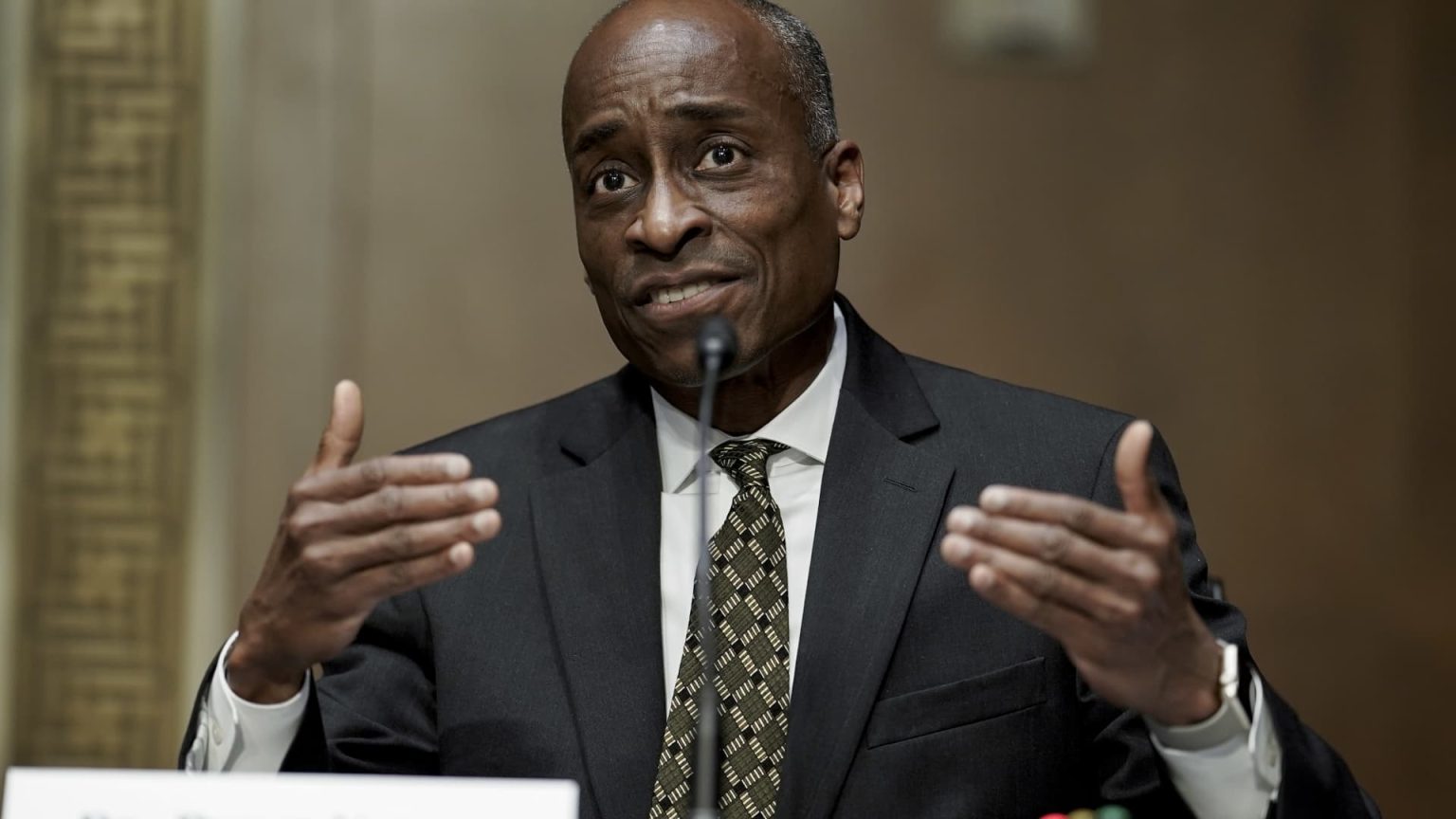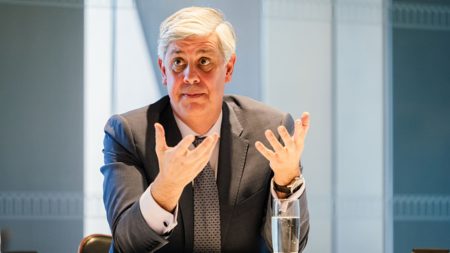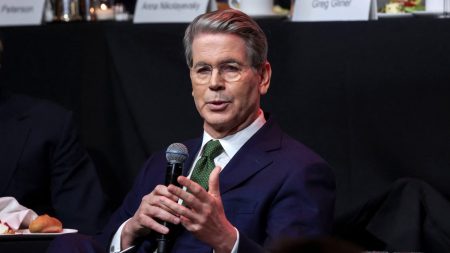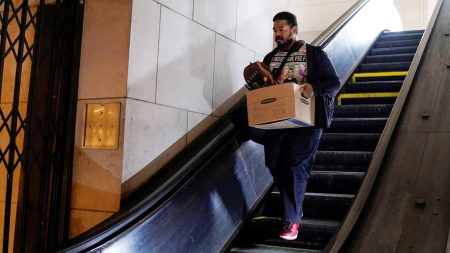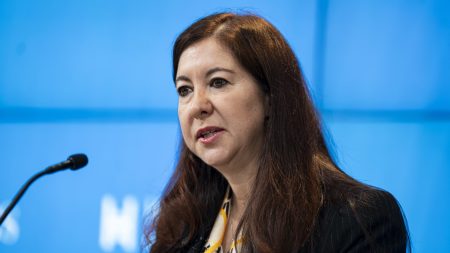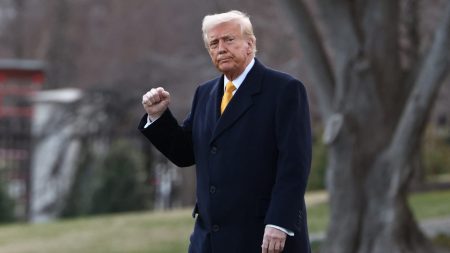Philip Jefferson Urges Caution as the Federal Reserve Navigates Economic Uncertainty
A Strong Economy with a Bumpy Road Ahead
Federal Reserve Vice Chair Philip Jefferson recently emphasized the importance of cautious decision-making as the central bank adjusts interest rates in an uncertain economic environment. Speaking at Lafayette College, Jefferson acknowledged the strength of the U.S. economy, noting that inflation is slowly moving toward the Fed’s 2% target, though the path remains uneven. The labor market, he added, is in a "solid position," with employment levels and wages showing resilience. However, Jefferson warned against rushing into further policy changes, stressing that patience and careful evaluation are essential in the current climate.
The Fed’s Cautious Approach to Monetary Policy
Jefferson’s remarks align with the Federal Reserve’s recent decision to keep its policy rate steady within a range of 4.25% to 4.5%. This decision followed three consecutive meetings where the Fed had cut the federal funds rate by a total of 1 percentage point, aiming to balance the economy after rapid hikes to combat inflation. Jefferson concurred with the decision to hold rates steady, signaling that the Fed is taking a wait-and-see approach. He emphasized that as long as the economy and labor market remain strong, the Federal Open Market Committee (FOMC) should avoid making hasty adjustments to its stance.
Uncertainty and the Fed’s Policy Outlook
Jefferson highlighted the significant uncertainties currently facing the economy, particularly in the realms of government policy and international trade. Among the most pressing concerns are the ongoing tariff negotiations between the U.S. and its major trading partners, including Canada, Mexico, and China. While President Donald Trump has paused certain duties on goods from Canada and Mexico, tensions with China remain elevated. These trade dynamics could have far-reaching implications for inflation, employment, and overall economic stability. Jefferson noted that such uncertainties make it challenging to predict the exact shape of future policy and its economic effects.
Inflation Trends and the Fed’s Target
One of the key factors guiding the Fed’s decisions is the trajectory of inflation. Over the past year, the central bank’s preferred inflation gauge, the personal consumption expenditures (PCE) price index, has shown signs of cooling. In December, the index rose by 2.6% on a year-over-year basis, down from its peak but still slightly above the Fed’s 2% target. Jefferson expressed optimism that inflation will continue to decline, but he also acknowledged the high degree of uncertainty surrounding this forecast. The Fed, he said, must remain vigilant and prepared to adapt its strategy based on evolving data.
Scenarios for Future Policy Adjustments
Jefferson outlined two potential scenarios for future monetary policy. In the first, if inflation remains stubbornly elevated, the Fed may need to maintain its current policy restraint for a longer period. In the second scenario, should the labor market show signs of weakening, the Fed could consider easing its stance to support economic growth. These remarks underscore the Fed’s commitment to flexibility and its willingness to respond to changing conditions. Jefferson made it clear, however, that there is no urgency to alter the current approach, as the economy continues to demonstrate resilience.
Conclusion: Balancing Patience and Preparedness
Jefferson’s speech reflected the Federal Reserve’s balanced approach to monetary policy in a volatile environment. While the economy and labor market are currently strong, the Fed is acutely aware of the uncertainties posed by trade tensions, inflation trends, and shifting policy landscapes. By advocating for patience and careful evaluation, Jefferson emphasized the importance of avoiding premature decisions that could disrupt the economy’s progress. As the Fed moves toward a more neutral monetary policy stance, its focus will remain on maintaining stability and achieving its dual mandate of maximum employment and price stability.


